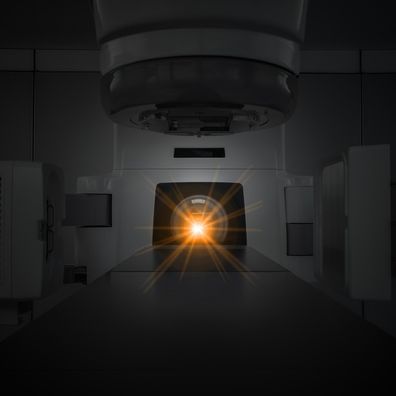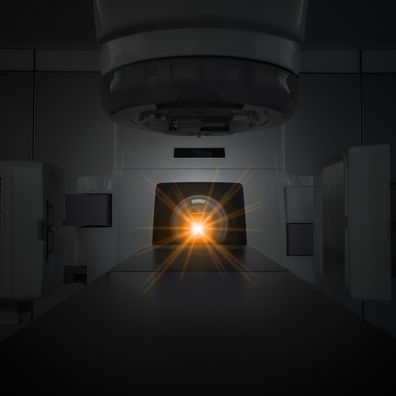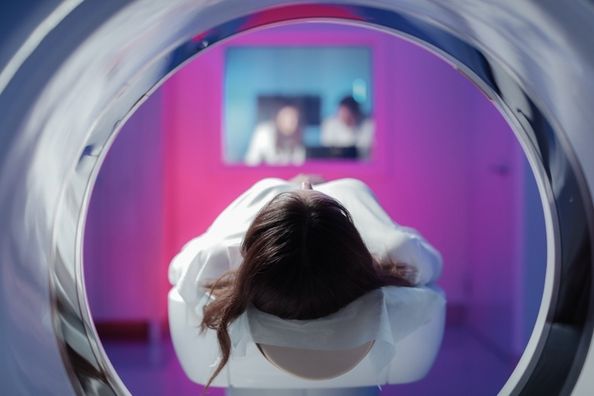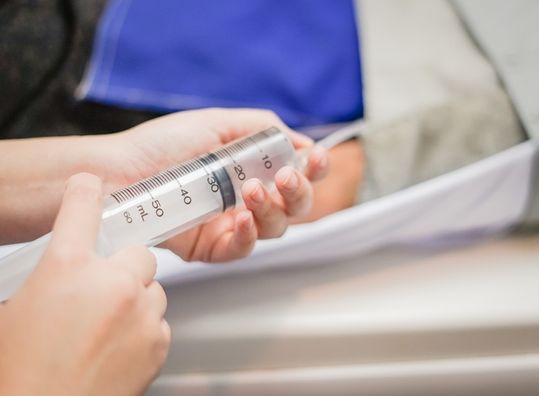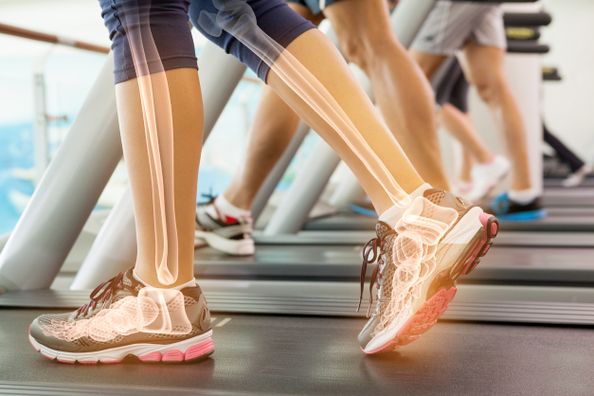
Bone Density Testing
By Radiology
Dual Energy X‑ray Absorptiometry (DEXA), also known as Bone Density testing, is used to diagnose osteoporosis and/or osteopenia. This scan utilizes very low dose radiation to examine the density of the bone tissue to determine the effects of osteoporosis and assess the risk for potential fractures.

